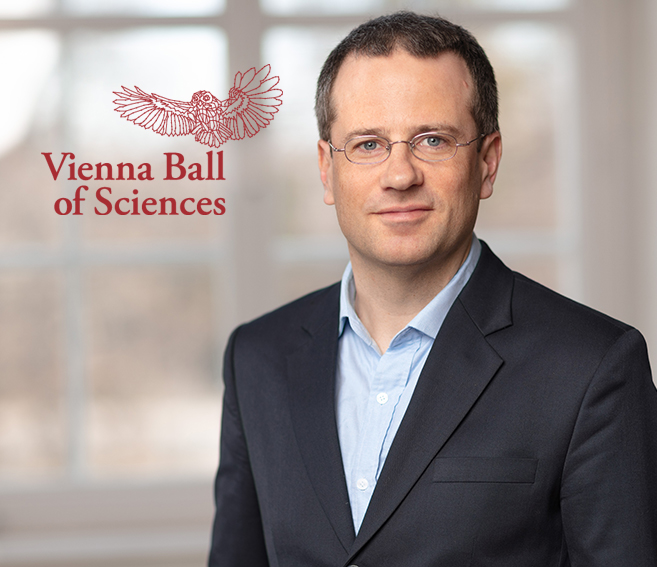 The Medical University Vienna has the only dedicated professorship for the history of medicine in Austria – it is located together with the Vienna Museum of Medical History in the Josephinum, a jewel of neoclassical architecture built in 1785 under Joseph II in the 9th district. A festive ball could easily be held in the historic lecture theatre – but apart from concerts, it is mostly used for scientific events.
The Medical University Vienna has the only dedicated professorship for the history of medicine in Austria – it is located together with the Vienna Museum of Medical History in the Josephinum, a jewel of neoclassical architecture built in 1785 under Joseph II in the 9th district. A festive ball could easily be held in the historic lecture theatre – but apart from concerts, it is mostly used for scientific events.
Originally, the Josephinum was a training centre for military surgeons and midwives – the more than 1000 anatomical wax models made in Florence, most of which were open to the public and still form the heart of the unique historical collections today, also served this purpose. The models – like the building – illustrate that science and art, aesthetics and insights are not mutually exclusive.
The history of the Josephinum is inextricably linked to the spirit of enlightenment and the communication of scientific knowledge – first anatomy and obstetrics and, since 1920, the history of medicine. Most recently, during the corona pandemic, the subject experienced increased interest, including from the media – especially the history of earlier epidemics and pandemics, which opened up a comparative perspective.
Since the establishment of the Medical University Vienna in 2004 (as the successor to the University of Vienna’s Department of Medicine), a further focus has been added: researching and communicating the history of medicine under National Socialism and its aftermath.
Herwig Czech is a medical historian at the Medical University Vienna. He researches and teaches at the Josephinum in Währinger Straße, the home of the Vienna Museum of Medical History. An important focus of his work is medicine during National Socialism, for example as part of the Lancet Commission on medicine, Nazism, and the Holocaust. He is also interested in researching the chequered history of Viennese medicine since the Enlightenment and communicating this to a wider public.
Photo: Hinterramskogler-Josephinum